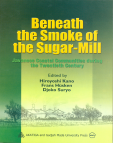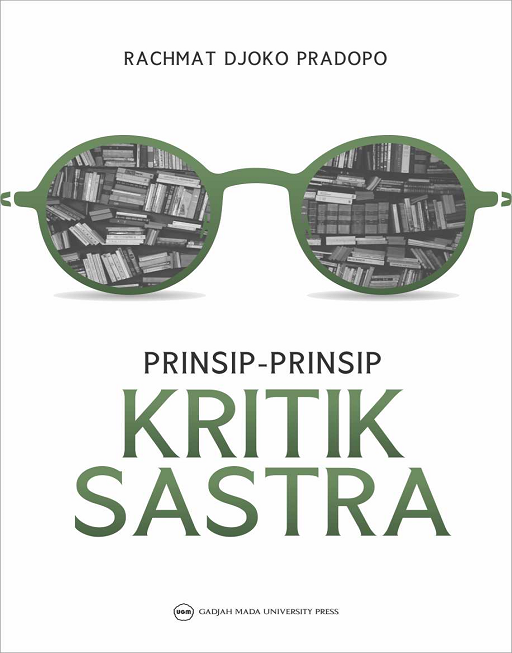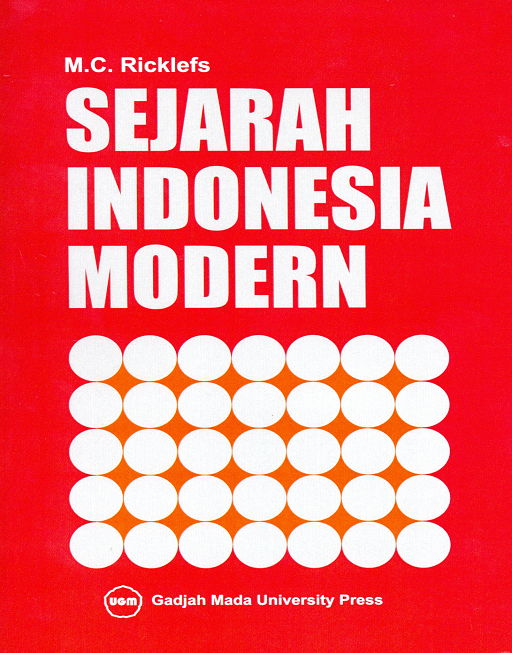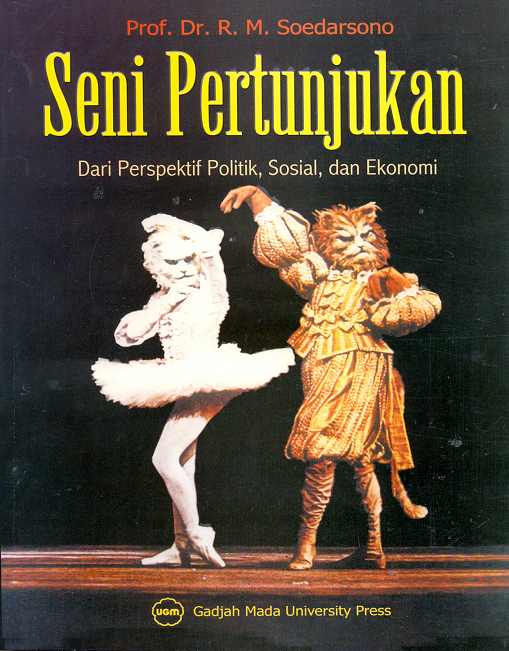Detail Produk
Beneath The Smoke of Sugar Mill: Javanese Coastal Communities During the Twentieth Century
Budaya
Share this :
Penulis: Hiroyoshi Kano,dkk
ISBN: :979-420-483-8
Dilihat: 5095 kali
Stock: 0
Ditambahkan: 24 October 2001
During the past two centuries the social history of rural java has been strongly conditioned by the dominant presence of agro-industrial sugar production. Sugar production on a large scale started in theb 1830s, when colonial officials and the entrepreneurs organized the commercial cultivation of cane on peasants’ lands and with peasant labour. But they also operated the sugar-mills as well as the export of sugar. Set up like a pseudo-platation system, the sugar industry represented the first major intrusion of foreign capital into the Javanese countryside.
Rp44.500,00
Maaf buku ini sedang tidak tersedia
During the past two centuries the social history of rural java has been strongly conditioned by the dominant presence of agro-industrial sugar production. Sugar production on a large scale started in theb 1830s, when colonial officials and the entrepreneurs organized the commercial cultivation of cane on peasants’ lands and with peasant labour. But they also operated the sugar-mills as well as the export of sugar. Set up like a pseudo-platation system, the sugar industry represented the first major intrusion of foreign capital into the Javanese countryside. As such, it had an enomous impact on the social organization of village life and the economic prospect of Javanese villagers, for the entry of big capital brought about changes in patterns of control over land and hence in social stratification. Moreover, it caused a considerable number of villagers to leave agriculture altogether and seek a livelihood as wage labourers outside the village company.
- Bahasa Teks Buku English
- Cetakan First Printing, 2001
- Tebal 419 Pages
- Ukuran 14,5 cm x 21 cm
- Kode Buku B010
- Categories Budaya, Sosial & Humaniora
BUKU TERKAIT
© 2015 - 2025 UGM PRESS. All Rights Reserved.

















